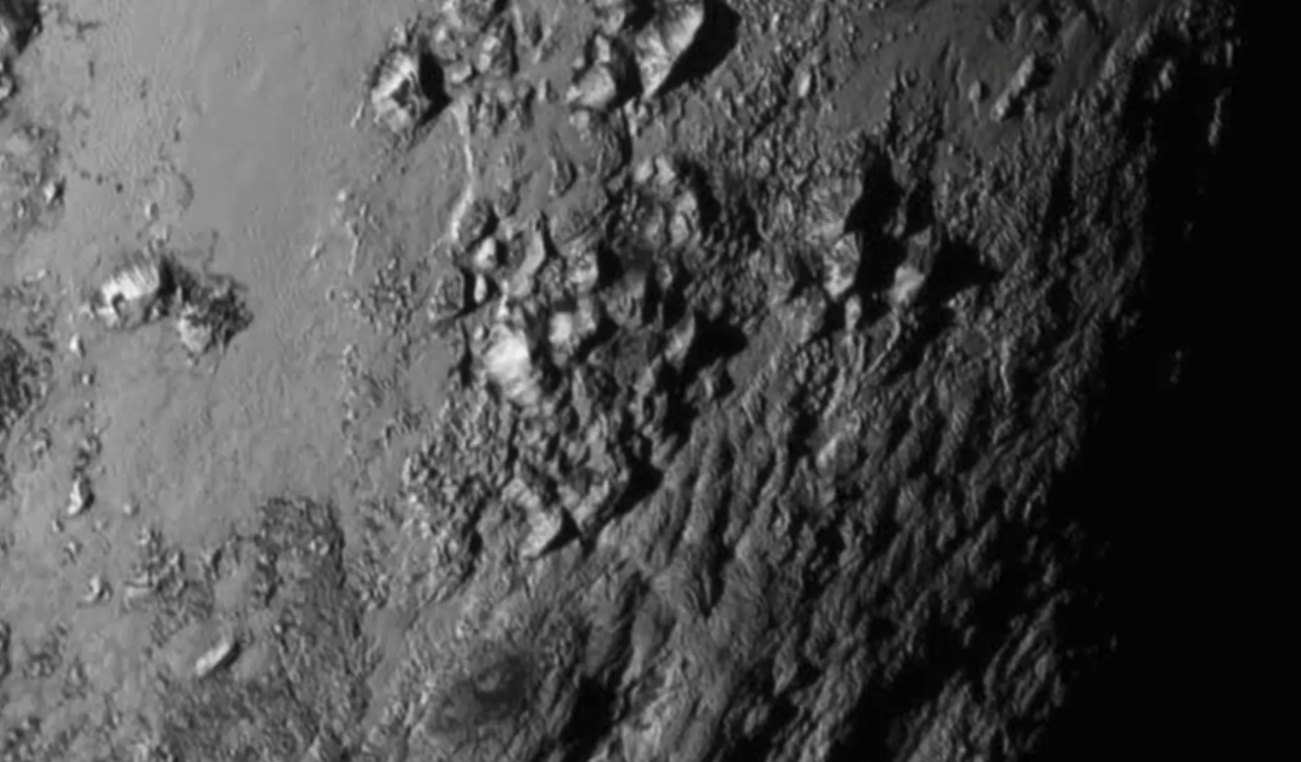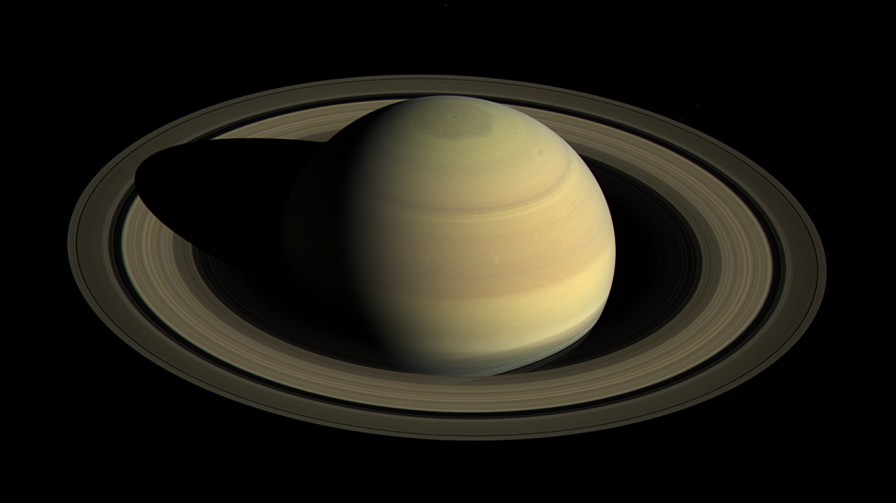5 Reasons Why Titan is A Better Destination Than Mars
Titan is a cold, icy world surrounded by a thick, hazy, orange atmosphere. Standing on its surface would resemble standing on the planet Vagra II of Star Trek TNG. Although there’s more than likely no black gue serving as the embodiment of evil oozing about its surface, it’s also unique in that it is the only place we know of other than Earth to have bodies of surface liquid on its surface.We’ve had a long history of observing Titan. Most of our telescopes perceive it as a fuzzy orange ball of light, near Saturn, however, multiple missions have given us new insight into this beautiful world and why it makes for an intriguing destination for interplanetary discovery, even more so than Mars.Since its discovery in 1655, Titan has been visited by Pioneer 11 in 1973, Voyager 1 in 1980, Voyager 2 in 1981, and the Cassini in 2004.Cassini–Huygens mission, launched by NASA,…



